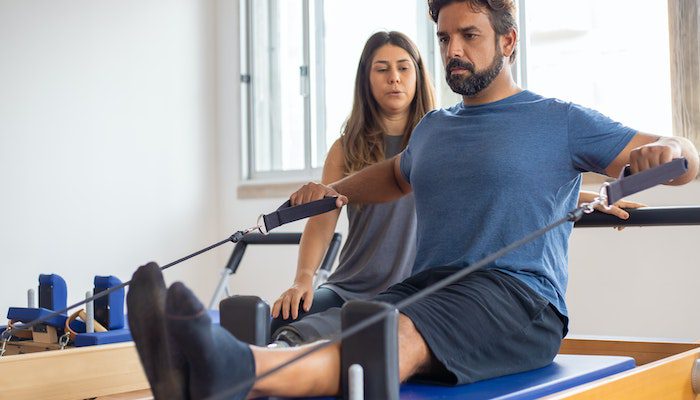Opioids are a powerful pain reliever. For many people, these drugs are used right after surgery or in the wake of a significant injury. Yet most doctors will not allow patients to remain on opioids long-term because of the high addiction risk they carry.
If you’re using opioids now, you may already know the risks of long-term use: impacts on cognitive function, mental health, and physical health. More so, the longer you use opioids, the more you need them because tolerance builds up. That puts you at risk for an overdose.
The National Institutes of Health reported that in the twenty years from 1999 to 2020, 92,000 people died from the use of opioids, and many of them were using prescription painkillers. That’s a frightening number.
Yet, you’re in a difficult place. You feel the pain, and the pain is taking over your mental health. You cannot seem to get relief from anything else. What do you do?
Can Alternative Pain Treatments Really Work?
Pain is brought on by many factors, but it often involves various nerve endings throughout the body sending signals to the brain’s opioid receptors. There, the brain recognizes the pain and encourages you to take action. Opioids are very helpful because they can virtually turn off pain signals.
Many types of non-opioid pain relievers cannot do this as effectively. Still, other alternatives to pain relief can improve your quality of life without putting your health at risk.
#1: Physical Therapy
It seems like the worst thing you can do – move the part of your body that hurts the most. Yet, science shows that physical therapy can be a very effective treatment option for long-term pain relief.
If you are struggling with back pain or pain related to other muscles, this type of treatment could work well. It can:
- Help to strengthen the muscles that should be doing the work for you
- Correct problems related to poor functionality, such as foot or hip alignment
- Improve balance and thus minimize the risk of the injury worsening
#2: Chiropractic Treatment
The nerve pathways that run from the body to the brain travel through the spinal cord. Blockages or other problems within that pathway could be causing your pain. A chiropractor may be able to help. They work to bring alignment to the spine, thus relieving nerve pressure and muscle tension. Chiropractic care doesn’t just address back pain but can also help with joint pain, sciatica, and nerve pain. It works to:
- Improve your ability to stand and walk properly
- Remove tension from muscles that are being impacted
- Improve the function of the spinal column and joints
#3: Mindfulness Meditation
Meditation is a powerful pain treatment that you control. It provides you with a way to center the mind, control your reactions to thoughts and feelings, and improve your overall ability to get through difficult situations. Mindfulness meditation is beneficial not just for people with chronic pain but also for those battling pain from addiction. Using mindfulness meditation, you’ll likely see:
- Reduction in pain nearly right away
- Improved blood flow and reduced inflammation
- A better level of mental health and a positive outlook
#4: Corticosteroid Injections
Some people certainly need medication to support their bodies. That is often the case when people are facing intense pain and difficulty because of damage to joints or nerve endings. While other treatments may be helpful at improving pain sensations, corticosteroid injections can help to knock out the pain with far less risk than opioids. Given by a doctor, these injections target the specific area of pain. They can:
- Provide long-lasting relief with no side effects
- Reduce inflammation in the area surrounding the pain
- Help you become more physically capable of handling physical therapy and exercise regimens
#5: Cognitive-Behavioral Therapy
Another treatment that focuses on the mind is cognitive-behavioral therapy, or CBT. In this type of therapy, you’ll work to gain better control of your thought processes. You’ll also work to build a stronger focus on recovery and well-being. When you learn how to use CBT methods, you are able to change your perception of pain, and that can be powerful in relieving your discomfort. This treatment may help you to do the following:
- Change your emotional response to the pain
- Reframe your beliefs about pain so that it doesn’t dominate your mental health
- Avoid the negative thoughts that can perpetuate bad outcomes
Finding Treatment for Opioid Addiction
If you are like many people who became reliant on opioids for pain relief, finding help for your substance use disorder is critical. At The Ranch at Dove Tree, we offer a wide range of therapy programs to support your long-term recovery along with the holistic care you need to achieve those goals.
Contact us now to learn more about our opioid detox program in Lubbock, Texas.








